Tree Pruning Mistakes to Avoid: Tips from Certified Arborists
Tree pruning can be a delicate dance between health and aesthetics. It’s not just about snipping away branches; it’s about nurturing the living organism that provides shade, beauty, and oxygen. Toronto Tree Removal experts prevent those common mistakes because they know they can lead to long-term damage or even the death of trees. Whether you’re a seasoned gardener or just starting out, understanding these pitfalls is crucial for maintaining your landscape’s vitality. With insights from certified arborists, you’ll learn how to keep your trees thriving while enhancing your garden’s overall appeal. Are you ready to elevate your gardening game? Let’s get started.
Over-Pruning “Topping”
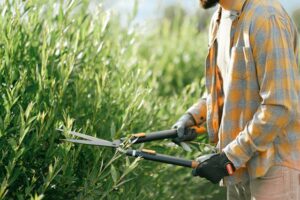 Over-pruning, often referred to as “topping,” is one of the most damaging mistakes a gardener can make. This practice involves cutting off large sections of a tree’s crown, which can compromise its structure and health. When you top a tree, you’re removing vital foliage that helps with photosynthesis. The result? A stressed tree struggling to recover. It might even start producing water sprouts—weak shoots that grow rapidly but lack stability.
Over-pruning, often referred to as “topping,” is one of the most damaging mistakes a gardener can make. This practice involves cutting off large sections of a tree’s crown, which can compromise its structure and health. When you top a tree, you’re removing vital foliage that helps with photosynthesis. The result? A stressed tree struggling to recover. It might even start producing water sprouts—weak shoots that grow rapidly but lack stability.
In addition to weakening the overall structure, topping opens wounds on the trunk that are prone to disease and pests. Trees naturally respond by sending out multiple new branches from below the cut, creating an unbalanced appearance. Instead of topping, aim for selective pruning.
Flush Cutting
Flush cutting is a common mistake that many tree owners make. This practice involves cutting branches too close to the trunk, often removing the branch collar entirely. The branch collar is essential for the tree’s natural healing process. It produces callus tissue that helps seal wounds and prevent decay. When you flush cut, you’re not just damaging the tree’s defenses; you’re opening it up to pests and diseases. A clean cut should leave enough of the collar intact to allow for proper healing. Instead of flush cutting, aim for an angled cut just outside the branch collar. This method promotes better recovery while maintaining your tree’s health and structure.
Pruning in Wet Weather
Pruning during wet weather can lead to a variety of issues. When the ground is saturated, it becomes muddy and unstable. This makes it easy to damage roots or compact the soil around them. Wet conditions also increase the risk of disease transmission. Fungi and bacteria thrive in moisture, which can infect freshly cut branches. Any open wounds on trees are vulnerable when pruning tools come into contact with pathogens. Additionally, your grip on tools might slip in rainy conditions. This could result in uneven cuts or injuries while working overhead. If you must prune during damp weather, take extra precautions. Use clean tools and disinfect after each cut to minimize infection risks.
Ignoring Tool Sanitation
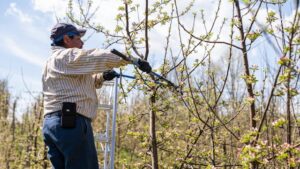 Many people overlook the importance of tool sanitation when pruning trees. This oversight can lead to serious consequences for your plants. Using dirty tools can spread diseases from one tree to another. Bacterial infections and fungal spores linger on blades, waiting for an opportunity to infect a healthy specimen. It’s simple to avoid this issue.
Many people overlook the importance of tool sanitation when pruning trees. This oversight can lead to serious consequences for your plants. Using dirty tools can spread diseases from one tree to another. Bacterial infections and fungal spores linger on blades, waiting for an opportunity to infect a healthy specimen. It’s simple to avoid this issue.
Just disinfect your pruners before moving on to the next tree or branch. A solution of bleach and water works wonders, but you can also opt for commercial sanitizers designed specifically for gardening tools. Not only does proper sanitation protect your trees, but it also ensures that your work remains effective over time. Clean tools make clean cuts, promoting faster healing and healthier growth in the long run.
Why You Should Hire a Professional Arborist
These experts possess extensive knowledge about tree biology and maintenance techniques that go beyond basic pruning. They understand how different species respond to various cuts and can assess the unique needs of your trees. Certified arborists also have the right tools for every job. Using specialized equipment ensures that cuts are clean and precise, minimizing damage to the tree. Additionally, they follow industry standards which help in maintaining not just aesthetics …

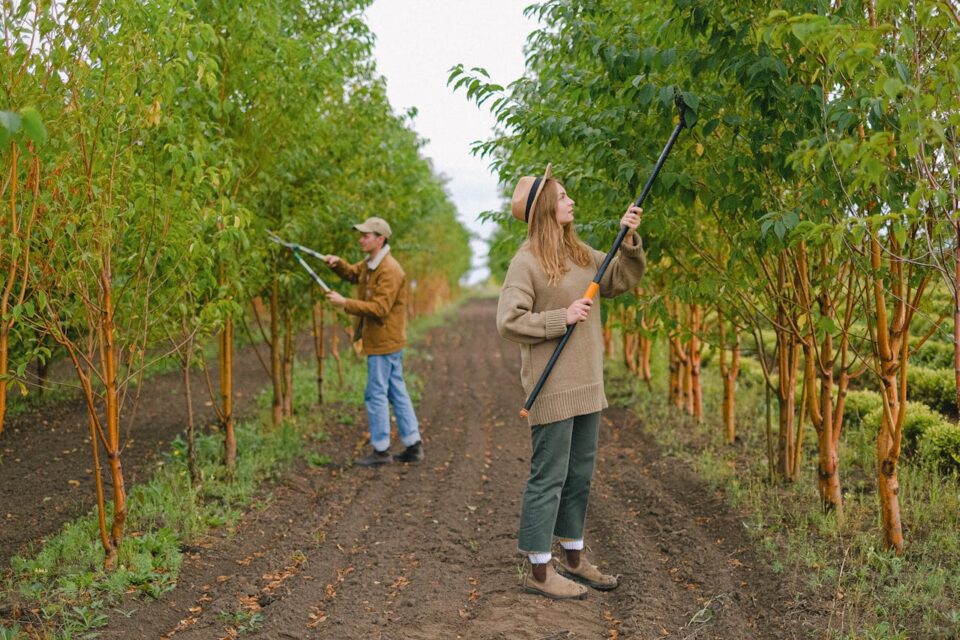













 Start by conducting thorough research on local HVAC repair companies. Look for reputable service providers with positive customer reviews and ratings. Check their domain, social media platforms, and online directories for testimonials or feedback. Additionally, consider asking friends, family, and neighbors for recommendations based on their own experiences.
Start by conducting thorough research on local HVAC repair companies. Look for reputable service providers with positive customer reviews and ratings. Check their domain, social media platforms, and online directories for testimonials or feedback. Additionally, consider asking friends, family, and neighbors for recommendations based on their own experiences.
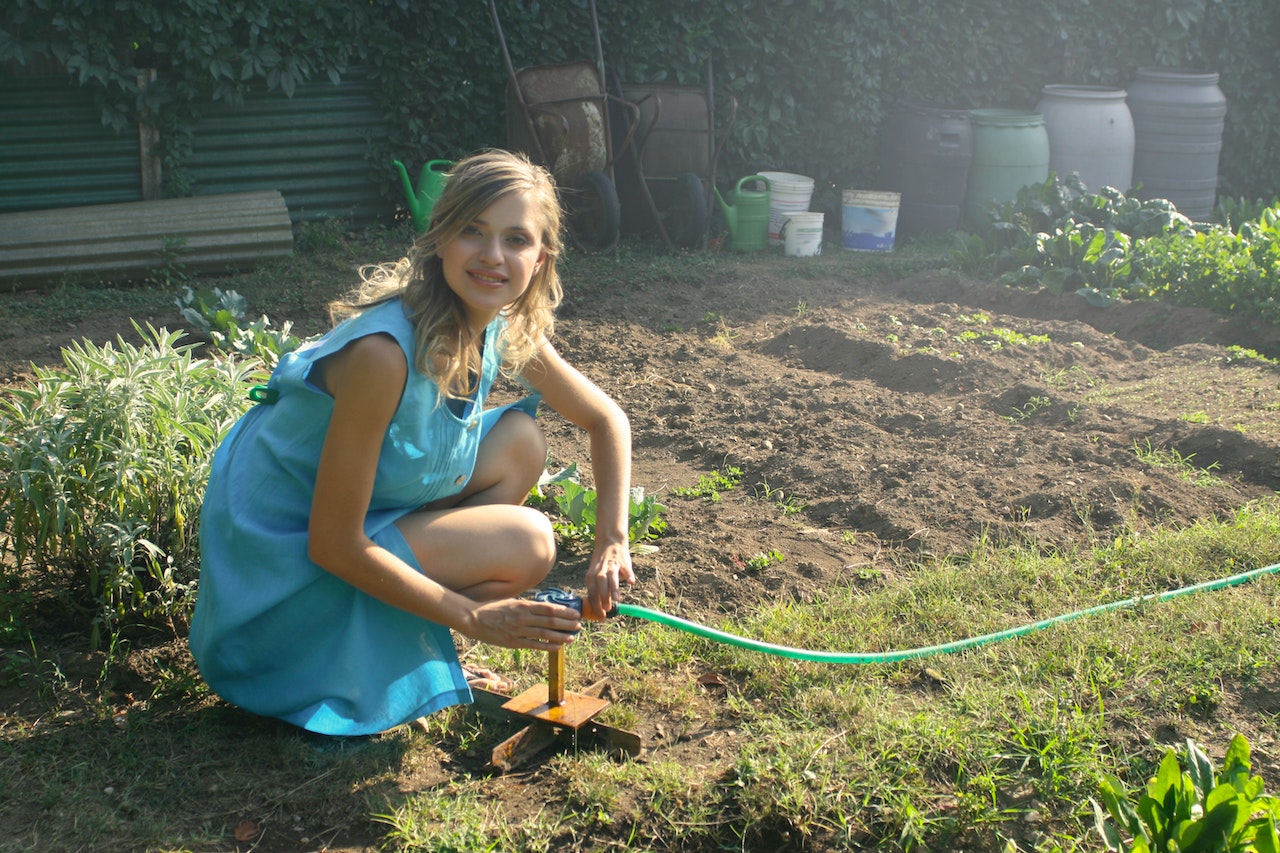
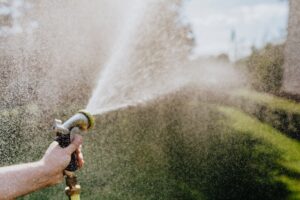 When it comes to heavy-duty hoses, durability is key. You want a hose that can withstand the elements and years of use without losing strength or integrity. That’s why top-notch durability is an essential feature to look for. It means the hose should be built using quality materials. Heavy-duty hoses are typically made from premium materials like reinforced rubber or multiple layers of sturdy PVC. These materials are designed to resist punctures, abrasions, and UV damage, ensuring long-lasting performance.
When it comes to heavy-duty hoses, durability is key. You want a hose that can withstand the elements and years of use without losing strength or integrity. That’s why top-notch durability is an essential feature to look for. It means the hose should be built using quality materials. Heavy-duty hoses are typically made from premium materials like reinforced rubber or multiple layers of sturdy PVC. These materials are designed to resist punctures, abrasions, and UV damage, ensuring long-lasting performance.





 One way to clean your home after a flood is to hire a professional cleaning company. These companies have the tools and experience to get your home looking like new again. They will remove all the water and mud from your home and then start the cleaning process. This is the most expensive option, but it is also the most effective.
One way to clean your home after a flood is to hire a professional cleaning company. These companies have the tools and experience to get your home looking like new again. They will remove all the water and mud from your home and then start the cleaning process. This is the most expensive option, but it is also the most effective.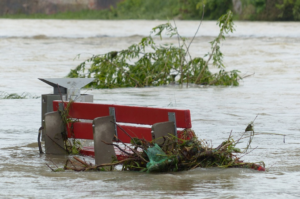 Another way to clean your home after a flood is to do it yourself. This option is less expensive but will take more time. You need to remove all the mud and debris from your home. This can be done with a shovel and some elbow grease. Once the mud is gone, you can start cleaning the inside of your home. If you have a power washer, this will fasten the mud removal process. Some mud are hard to remove; in this case, you may need to use a chisel and hammer.
Another way to clean your home after a flood is to do it yourself. This option is less expensive but will take more time. You need to remove all the mud and debris from your home. This can be done with a shovel and some elbow grease. Once the mud is gone, you can start cleaning the inside of your home. If you have a power washer, this will fasten the mud removal process. Some mud are hard to remove; in this case, you may need to use a chisel and hammer.
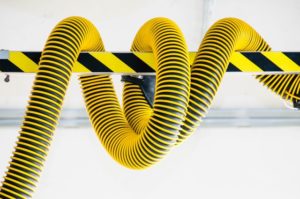
 Finally, you will want to look for a commercial dehumidifier that has a large capacity. This is important because you want to make sure that the unit can handle the amount of moisture in your basement. If you have a small basement, you may be able to get away with a smaller unit, but if you have a large basement, you will need a larger unit to be effective. Installing a commercial dehumidifier in your basement is a great way to improve the air quality and protect your belongings from moisture damage.
Finally, you will want to look for a commercial dehumidifier that has a large capacity. This is important because you want to make sure that the unit can handle the amount of moisture in your basement. If you have a small basement, you may be able to get away with a smaller unit, but if you have a large basement, you will need a larger unit to be effective. Installing a commercial dehumidifier in your basement is a great way to improve the air quality and protect your belongings from moisture damage.
 When looking for a quality frying pan, one of the most important things to consider is what material it’s made out of. There are several different types that you can choose from, each with its benefits and downsides. For example, stainless steel pans offer excellent heat distribution for consistent cooking results. They’re also easy to clean and maintain. However, they require regular care to prevent rusting or staining. Cast iron pans are another popular choice for their durability and even heating abilities that can last a lifetime with proper maintenance. They’re also heavy, which makes them great at retaining heat, so your food cooks more evenly on the stovetop or in the oven.
When looking for a quality frying pan, one of the most important things to consider is what material it’s made out of. There are several different types that you can choose from, each with its benefits and downsides. For example, stainless steel pans offer excellent heat distribution for consistent cooking results. They’re also easy to clean and maintain. However, they require regular care to prevent rusting or staining. Cast iron pans are another popular choice for their durability and even heating abilities that can last a lifetime with proper maintenance. They’re also heavy, which makes them great at retaining heat, so your food cooks more evenly on the stovetop or in the oven. When choosing between different frying pans, you may also want to consider the handle design. It must be made of a heat-resistant material because it can boil while cooking on the stovetop or in the oven. There are many types of handles available, depending on which kind of frying pan you choose. You will find models with round or loop handles, as well as those that come with a long handle attached to the pan. It’s also important to consider how easy it is to grip and hold onto your frying pan. If you are cooking with one hand while stirring food in the other, you need something comfortable on your hands, so it …
When choosing between different frying pans, you may also want to consider the handle design. It must be made of a heat-resistant material because it can boil while cooking on the stovetop or in the oven. There are many types of handles available, depending on which kind of frying pan you choose. You will find models with round or loop handles, as well as those that come with a long handle attached to the pan. It’s also important to consider how easy it is to grip and hold onto your frying pan. If you are cooking with one hand while stirring food in the other, you need something comfortable on your hands, so it …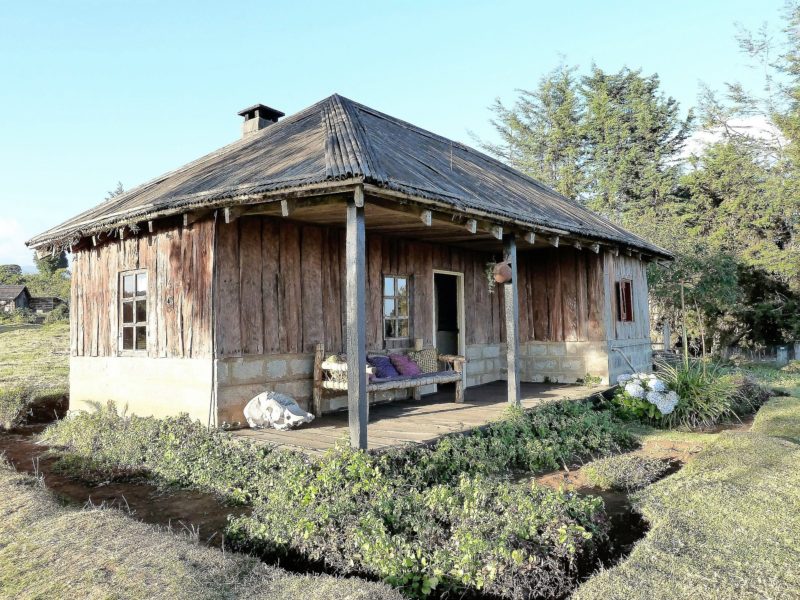

 What type of home do you wish to buy? Before you start looking for a home in Kitengela, it’s
What type of home do you wish to buy? Before you start looking for a home in Kitengela, it’s 
 Each person should have an activity they enjoy while at
Each person should have an activity they enjoy while at  The second reason you should give sewing a try while you are at home is that it will improve your health. Many people have come forward and affirmed that sewing has helped them live healthier lives. The first way your health will be improved is by keeping your mind active.
The second reason you should give sewing a try while you are at home is that it will improve your health. Many people have come forward and affirmed that sewing has helped them live healthier lives. The first way your health will be improved is by keeping your mind active.
 You need to know what is said about a particular cleaning agency so that you can know whether their services are worthy. It is essential to do this since it helps you find out whether the firm is trustworthy or reliable. It takes a lot of courage to leave the access of your home to just anyone, and you need to be sure of the firm you hire. If there are any complaints of mismanagement of homes, you will likely get this information from former clients, helping you avoid waste of funds and time.
You need to know what is said about a particular cleaning agency so that you can know whether their services are worthy. It is essential to do this since it helps you find out whether the firm is trustworthy or reliable. It takes a lot of courage to leave the access of your home to just anyone, and you need to be sure of the firm you hire. If there are any complaints of mismanagement of homes, you will likely get this information from former clients, helping you avoid waste of funds and time. A professional cleaning agency should have an office where you can go and meet someone who is responsible for assigning a cleaning team. The staff can advise you on different packages to select that will suit your house. If you see that their office space is clean, you are sure that they are responsible professionals. Also, ensure the agency you pick has excellent customer service and is a legitimately licensed. This will help you track their service history.
A professional cleaning agency should have an office where you can go and meet someone who is responsible for assigning a cleaning team. The staff can advise you on different packages to select that will suit your house. If you see that their office space is clean, you are sure that they are responsible professionals. Also, ensure the agency you pick has excellent customer service and is a legitimately licensed. This will help you track their service history.
 Expertise and Knowledge in Home Building
Expertise and Knowledge in Home Building
 Saves You Time and Money
Saves You Time and Money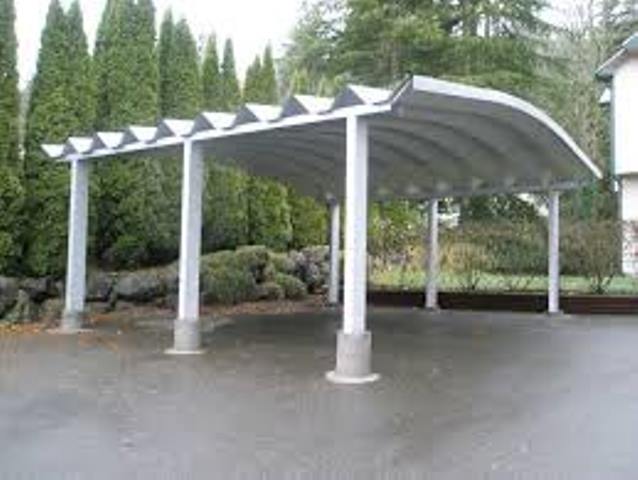
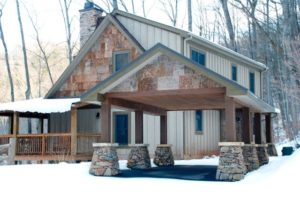 It is a good idea to take into account what you will use the carport for? That is necessary to get an idea of the particular size you want. For instance, you may consider adding some features to the design. In such a case, a professional contractor can help you. A slanted roof can make it easier to get rid of snow loads and dead leaves. Remember that the building material you choose will affect the carport’s integrity.
It is a good idea to take into account what you will use the carport for? That is necessary to get an idea of the particular size you want. For instance, you may consider adding some features to the design. In such a case, a professional contractor can help you. A slanted roof can make it easier to get rid of snow loads and dead leaves. Remember that the building material you choose will affect the carport’s integrity. It is advisable to choose a spot for building a carport carefully. Ensure there is adequate space for your equipment, vehicles, and other things you want to store. Also, the ground ought to be flat and leveled.
It is advisable to choose a spot for building a carport carefully. Ensure there is adequate space for your equipment, vehicles, and other things you want to store. Also, the ground ought to be flat and leveled.